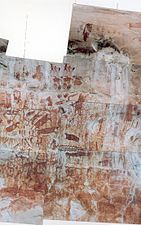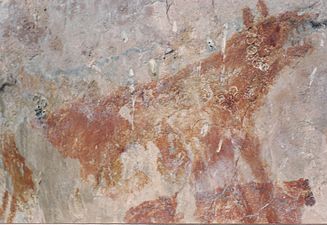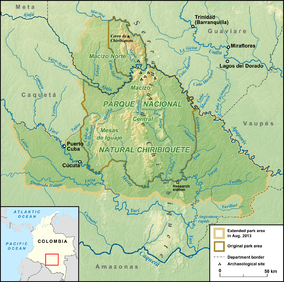Chiribiquete National Park is the largest protected area in Colombia and is the meeting point of four biogeographic provinces: Orinoco, Guiana, Amazonas and Northern Andes. The National Park therefore guarantees the connectivity and preservation of the biodiversity of these provinces, constituting an interactive scene where the diversity and endemism of flora and fauna flourish. One of the characteristics of Chiribiquete is the presence of tepuis (table-top mountains), steep sandstone plateaus that stand out from the forest, creating a spectacular landscape enhanced by their remoteness, inaccessibility and excellent conservation. Indigenous peoples carved more than 75,000 statues on the walls of 60 rock shelters dating back to 20,000 BC, and they are still being produced today by the original peoples under the protection of the National Park. These murals depict hunting scenes, wars, dances and rituals, as well as species of flora and fauna, and especially the worship of the jaguar, a symbol of strength and fertility. The indigenous communities do not live directly on the site, and they believe that Chiribiquete is a sacred place that cannot be visited and should be left as it is.
| start time |
2018-07-01T00:00:00Z |
| official name |
حديقة شيريبيكيت الوطنية (لا مالوكا دو كاغوار) |
| official name |
Chiribiquete National Park – “The Maloca of the Jaguar” |
| official name |
Parque Nacional de Chiribiquete – “La maloca del jaguar” |
| official name |
Parc national de Chiribiquete - « La Maloca du jaguar » |
| official name |
Национальный парк Чирибикете - «Малока клана Ягуара» |
| official name |
奇里比克特国家公园,“美洲豹的居所” |
| volume as quantity |
World Heritage selection criterion (x) |
| heritage designation |
mission |
| start time |
1993-10-29T00:00:00Z |
| official name |
Parque Nacional Natural Chiribiquete |
| volume as quantity |
World Heritage selection criterion (x) |
| area |
3989682.82 |
| applies to part |
buffer zone |
| significant place |
San José del Guaviare |
| object has role |
Eliza Fraser |
.png)
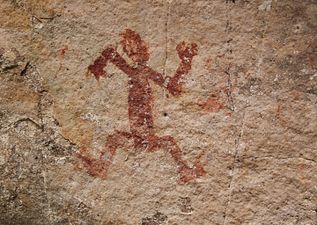
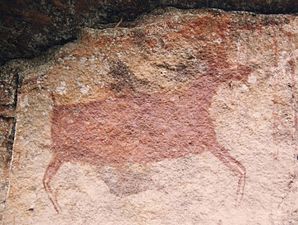
.png)
